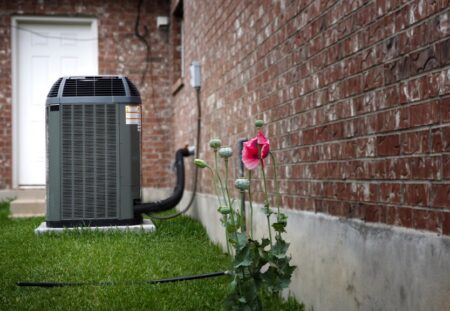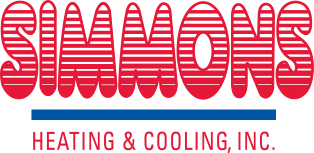
In 2019, the Department of Energy announced new energy efficiency standards for the U.S. that went into effect in 2023. Those included increased SEER minimums, a new SEER2 rating and revised M1 testing methodologies to account for static air pressure. In retrospect, those updates were a herald of things to come. This is an exciting time in HVAC, and these five trends are a big part of the reason why.
1. IoT Connectivity
Smart devices are able to communicate with each other in order to accomplish more. But the Internet of Things take this a step further with embedded sensors, embedded software and cloud computing. An exciting area where IoT connectivity will change the game in the next decade is predictive maintenance.
The industry already recommends preventative maintenance, such as scheduling an HVAC tune-up in spring and fall. But the IoT will allow for the real-time monitoring and analysis of data like temperature, humidity and airflow. This will enable predictive maintenance that will minimize carbon footprints and consumer repair costs. In fact, this technology is already in use in large-scale commercial applications.
2. Green HVAC Systems
Commercial enterprises are already adopting green HVAC solutions at a phenomenal rate. The industry also expects to a see a sharp rise in adoption among residential customers over the next decade. There is already growing demand for geothermal heating and cooling systems among homeowners in the U.S. But there are other notable green options that don’t require as large an investment.
Perhaps the most notable is the dual-source heat pump. The idea with a hybrid or dual-fuel system is to pair an electric heat pump with a furnace that burns natural gas, heating oil or propane. That furnace only activates when the heat pump would be inefficient due to very low temperatures. This allows Americans in much colder climates to benefit from relatively inexpensive air-source heat pumps.
3. VRF Replacing Mini Splits
VRF stands for variable refrigerant flow. It’s already in use in commercial applications. These are ductless systems similar to a ductless heat pump. But the main difference here is the variable flow and how one outdoor unit is able to control multiple indoor units. There are already plans in place to use VRF in New York where the city is converting unused office buildings into apartments.
The expectation is that it will be available to the homeowner within the next decade. It will allow for both individual and simultaneous heating and cooling in the same system. These setups also allow for a virtually unlimited number of indoor units. The industry does expect it to eventually supplant the mini split we have now and perhaps even prove to be an attractive alternative to current central systems.
4. Green Cooling Refrigerants
Green refrigerants comprise only natural ingredients. That means that they do not release the CFCs and HCFCs that have proven so devastating to the environment. These green refrigerants are not a tomorrow technology. They already exist, and the main hurdles now are mass production, distribution and development of HVAC products that use them rather than traditional refrigerants.
The industry expects the market share for green refrigerants to double between 2023 and 2030. Air conditioners and heat pumps that use these refrigerants are on the market as of 2024. The federal government is also considering incentives that could help increase the adoption rate.
5. Integrated Indoor Air Solutions
Warnings about indoor air quality by organizations like the EPA and CDC have not gone unheeded. Americans are listening and installing air purifiers, UV lamps, energy recovery ventilators, dehumidifiers and humidifiers at an historic rate. The major HVAC brands have noticed this trend as well.
In response, some of the top brands have announced plans for integrated solutions. Expect to see air handlers that have multi-stage air purification systems built into them. Furnaces with humidifiers are already on the market but will become more common. Consumers should also expect ducted and ductless air conditioners and heat pumps that have integrated dehumidifiers.
Local HVAC Experts in Chesapeake
Simmons Heating & Cooling has been keeping families throughout Chesapeake and the surrounding areas comfortable since 1964. An important part of what we do is staying up-to-date with the latest HVAC trends and technologies. We employ skilled technicians who earn NATE certification and who we give an ongoing education. That ensures that they remain current with the most recent standards. If you’d like to learn more about these trends or our heating and cooling services, call us today or contact us online.
